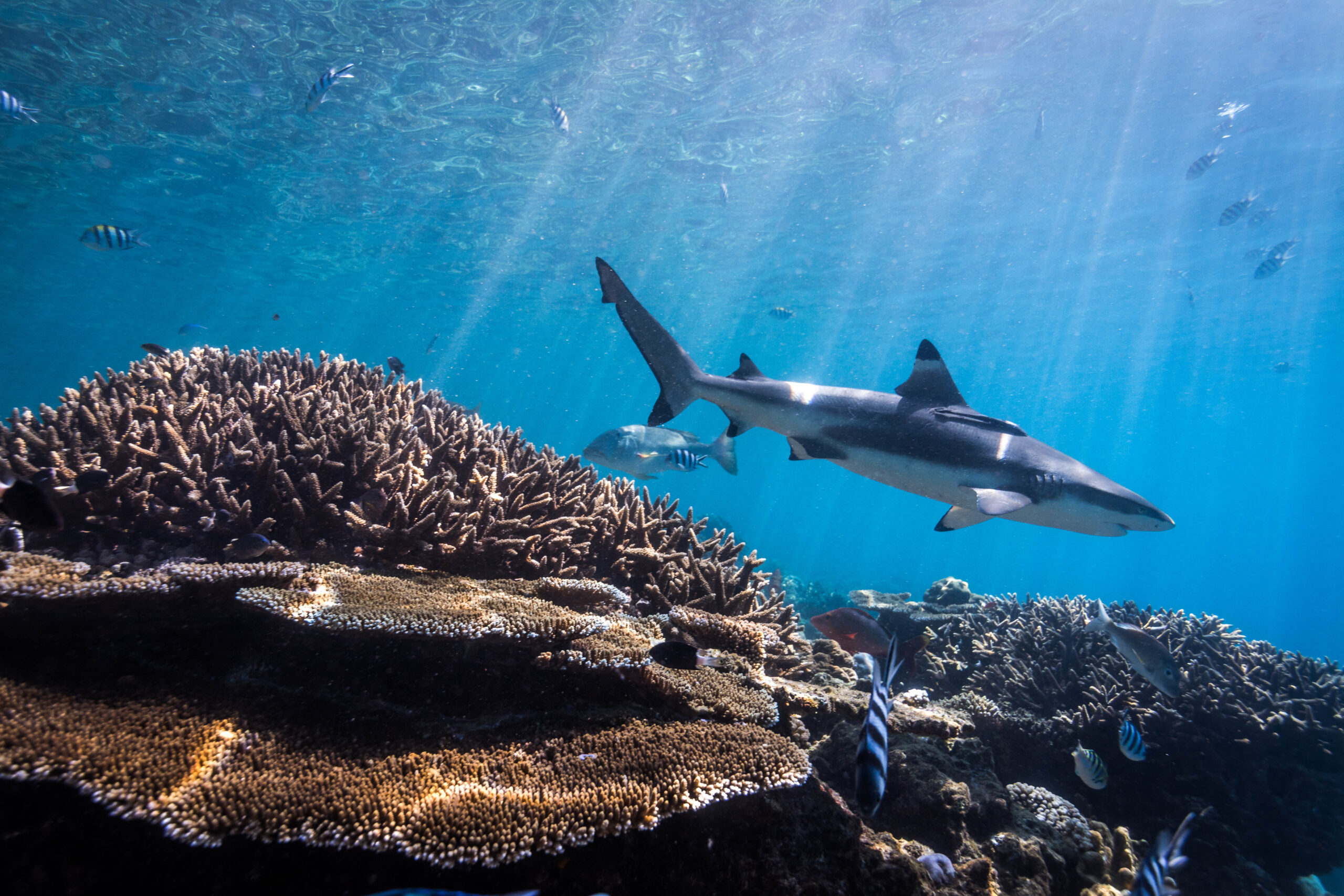Abstract: Coral reefs are among the most biodiverse and productive ecosystems on Earth, and provide critical ecosystem services such as protein provisioning, coastal protection, and tourism revenue. Despite these benefits, coral reefs have been declining precipitously across the globe due to human impacts and climate change. Recent efforts to combat these declines are increasingly turning to restoration to help reseed corals and speed-up recovery processes. Coastal restoration theory and practice has historically favored transplanting designs that reduce potentially harmful negative species interactions, such as competition between transplants. However, recent research in salt marsh ecosystems has shown that shifting this theory to strategically incorporate positive interactions significantly enhances restoration yield with little additional cost or investment. Although some coral restoration efforts plant corals in protected areas in order to benefit from the facilitative effects of herbivores that reduce competitive macroalgae, little systematic effort has been made in coral restoration to identify the entire suite of positive interactions that could promote population enhancement efforts. Here, we highlight key positive species interactions that managers and restoration practitioners should utilize to facilitate the restoration of corals, including (i) trophic facilitation, (ii) mutualisms, (iii) long-distance facilitation, (iv) positive density-dependence, (v) positive legacy effects, and (vi) synergisms between biodiversity and ecosystem function. As live coral cover continues to decline and resources are limited to restore coral populations, innovative solutions that increase efficiency of restoration efforts will be critical to conserving and maintaining healthy coral reef ecosystems and the human communities that rely on them.
Authors: Shaver, E.C. and B.R. Silliman
Year: 2017
View Full Article
PeerJ 5: doi.org/10.7717/peerj.3499


